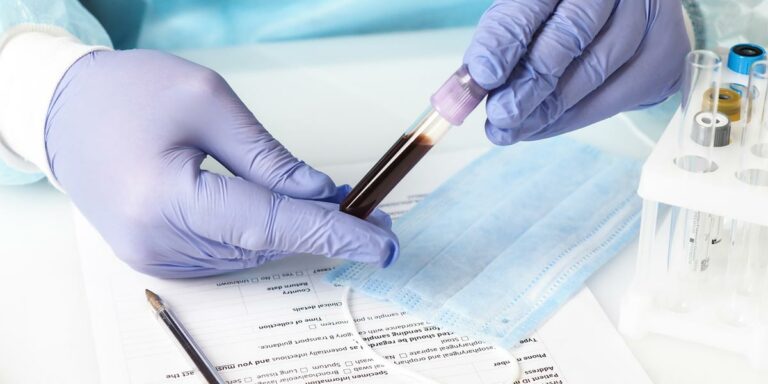Beginning a heart-healthy diet can be a joyful journey toward greater health and quality of life. Reduced heart disease risk and increased energy and endurance are just a few of the reasons to make the move to a heart-healthy diet. So, what are the tips to make your diet a heart-healthy diet?
1. Consume whole grains and other high-fiber foods
Fiber is abundant in foods prepared from whole grains. Fiber reduces the amount of LDL cholesterol in the body, generally known as “bad” cholesterol. Whole grains might also help you maintain a healthy blood pressure level. According to the American Heart Association, you should consume approximately six servings of whole grains each day to get your daily amount of whole grains. Brown rice, oats, rye, quinoa, and whole wheat are examples of whole grains that can help lower “bad” LDL cholesterol and the risk of heart disease. Red yeast rice, which is high in monacolin K, is a natural alternative to cholesterol-lowering statins like lovastatin, but talk to your doctor before adding red yeast rice to your diet.
2. Consume protein-rich foods
According to the American Heart Association, lean protein sources, particularly those high in omega-3 fatty acids, are beneficial to heart health. While your body requires protein for energy and muscular growth, eating protein that is high in saturated fat can cause heart disease and weight gain. Eggs, lean cuts of poultry, and fish are all good sources of protein. Because of its high protein content, low fat content, and high omega-3 oil content, fish is a particularly heart-healthy protein. Salmon is very high in omega-3 and eating salmon three times each week for a considerable length of time diminished diastolic blood pressure. Consumption of salmon and other greasy fish like fish, mackerel, and sardines also lowers cholesterol, fasting glucose, and systolic blood pressure.
Plant-based proteins such as soybeans (including soy products such as soy burgers and tofu), beans, nuts, and legumes are available to vegans and vegetarians. Soybeans, which are high in isoflavones, may help decrease cholesterol levels.
Edamame, a young soybean, is high in fiber and antioxidants, both of which are beneficial to the heart.
Walnuts have been shown in studies to lower “bad” LDL cholesterol, inflammation, and blood pressure, lowering the risk of heart disease.
Almonds are high in fiber and monounsaturated fats. Almonds are a heart-healthy snack that can help lower cholesterol and belly fat, both of which are risk factors for heart disease.
Hemp seeds are high in the amino acid arginine and have been linked to lower levels of inflammatory markers in the blood, which can contribute to heart disease.
Flaxseeds have been shown to lower total cholesterol and “bad” LDL cholesterol levels, making them a heart-healthy addition to salads, nut butters, and cereals. Flaxseeds have also been found to lower blood pressure, which is a major contributor to heart disease.
3. Consume a wide variety of fresh fruits and vegetables
Vitamins and minerals are abundant in fruits and vegetables. Fruits and vegetables are low in calories, usually high in water, and high in fiber, so you’ve got yourself some of the best heart-healthy meal selections if you eat them. Several good options include:
Avocados are high in monounsaturated fats and potassium, which have been associated to lower levels of bad cholesterol and blood pressure and thereby reduces the risk of heart attack.
Garlic, because of its rich quantities of allicin, it is a heart-healthy vegetable that can help lower blood pressure and cholesterol levels.
Berries, which are high in anthocyanins and other potent antioxidants, aid to defend against inflammation and oxidative stress, which can lead to a heart disease diagnosis. Various studies demonstrate that eating berries regularly lowers “bad” LDL cholesterol and systolic blood pressure.
Leafy Green Vegetables – Abundant in antioxidants that protect the heart, leafy green vegetables including greens, kale, spinach, and cabbage are high in vitamins and minerals. Their high nitrate and vitamin K content helps to lower blood pressure, protect arteries, and minimize arterial stiffness.
4. Plan your heart-healthy meals in advance
By making heart-healthy meals ahead of time, you’re more likely to stick to a healthy eating plan. Meals cooked ahead of time are quick and easy to make and carry with you on the go. Meal plans go one step further to help you achieve your health goals by making it easier to track nutrients, calories, and what you consume. Meal plans allow you to be more aware of which ingredients provide you with which fats, carbohydrates, proteins, and other nutrients. This allows you to achieve your health goals by making simple calorie reductions or changes at any meal.
5. Deal with your portion size
It’s just as vital to eat the correct meals as it is to eat the right portions, whether you’re trying to drop a few pounds or maintain a healthy diet. The terms “portion” and “serving size” are frequently used interchangeably, but there is a distinction to be made. A portion is the amount of food consumed in a single sitting. A serving size is the amount of food that should be consumed in one sitting. Portion control is made easier by keeping serving sizes in check.
Takeaway
Taking care of your heart should be a concern for everyone. The sooner and more frequently you start eating a heart-healthy diet, the better your cardiovascular health will be. To have a healthy heart, you should consume these heart-healthy foods and also know the optimal quantities to consume so you may fully take advantage of all their benefits.
How Remote Patient Monitoring Helps?
Remote Patient Monitoring is the process of collecting, storing, and evaluating health information such as blood sugar levels, heart rate, blood pressure, weight and other body parameters through home health devices that transmit data from the home to a healthcare provider. If you are suffering from hypertension or diabetes, your healthcare provider can monitor changes in your vital signs and these changes could be somehow related to your diet, exercise or medication. Your healthcare provider will be able to make timely medical intervention or changes in your treatment plan or diet based on your recent health measurements.








